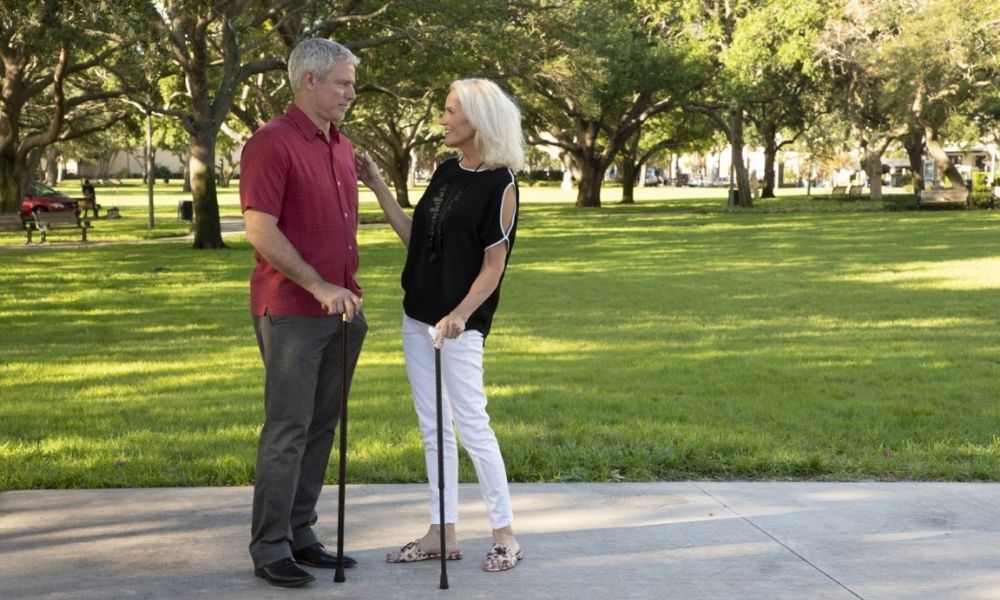Mistakes to Avoid When Buying a Cane for the First Time
Posted by TONY MERS

When a walking cane becomes a necessity, either through injury, illness, or aging, there are many choices and decisions one needs to make. There are also mistakes to avoid when buying a cane for the first time.
Improper Measurement
There is no such thing as one-size-fits-all with walking canes. Buying a cane that is the wrong size can increase discomfort. A mismeasured cane won’t provide the support necessary and could lead to further pain or even injury.
Make sure you measure properly. Stand up straight while wearing your walking shoes. Allow your arms to fall naturally at your sides with a natural, relaxed bend (about 15˚ bend) in the elbow. Another way to describe it is that the top of the cane should be level with your wrist. Have a helper measure the distance from your wrist to the floor. If the measurement doesn’t land precisely on the inch or half-inch, round up to the nearest half-inch.
Not What the Doctor Ordered
Your physician or physical therapist will recommend a cane based on your medical condition. If you’ve sustained an injury, you may need a different type of cane than you would if you were having balance problems or weakness in your limbs. For some conditions, a single tip, crook-handle wooden cane style may be enough. But for other issues, a more stable quad-cane might be necessary. For those with hand or wrist problems, a special ergonomic handle can help. Very large people who are able to walk may need extra strong, bariatric canes.
Neglecting the Tip
When buying a cane, avoid the mistake of neglecting the importance of the rubber tip. The tip of any cane, whether a single tip or quad cane, is a very important, functional part of the cane. The tip provides skid resistance to help keep the cane user from slipping. Some tips are specially designed for use with snow and ice. Although tips are important, functionally, they can also be colorful accessories, coming in different colors to accent the cane.
After considerations of fit and function, cane buyers also must consider quality and durability. When a walking cane becomes part of your life, the cane should provide support and mobility assistance for many years. Quality canes add style, support, and confidence to your daily stroll and provide help with stability and balance for those with joint pain, injury, or problems staying steady on their feet.

